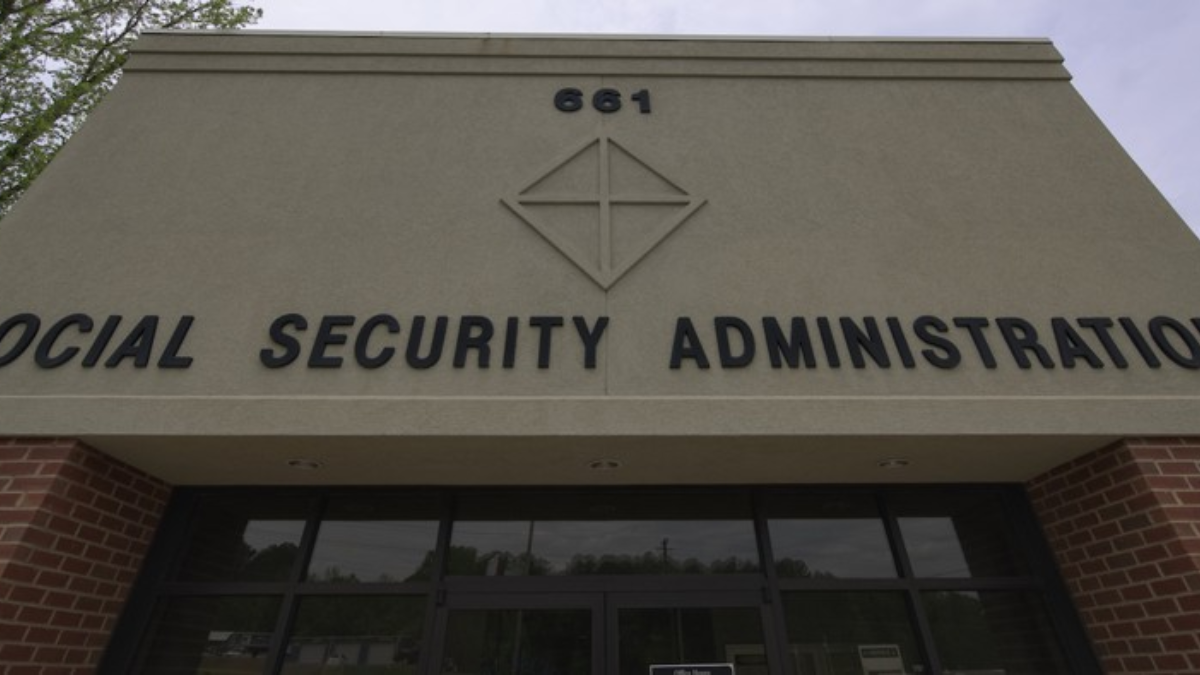The Social Security Administration (SSA) has announced the upcoming closure of a key hearing office in New York, sparking concern among residents and advocacy groups. This decision is part of the agency’s broader effort to consolidate resources and adapt to increasing reliance on virtual services. While some view the move as a step toward modernization, others worry about the potential negative impact on those who rely on in-person services.
The Role of Hearing Offices in the Social Security System
Hearing offices are critical components of the SSA, handling appeals from individuals whose claims for Social Security benefits were initially denied. These offices provide a venue for administrative law judges to review cases and make determinations. For many claimants, especially those with disabilities or limited financial means, in-person hearings offer an essential opportunity to present their case and receive a fair evaluation.
Details of the Closure
The New York hearing office set to close serves a significant number of residents annually. The SSA has indicated that this decision aligns with efforts to reduce operational costs and improve efficiency. However, the closure timeline and specifics about where cases will be redirected remain unclear. Current cases may be transferred to nearby hearing offices or handled virtually, depending on the claimant’s circumstances and preferences.
Potential Impacts on Local Residents
The closure of the New York hearing office raises several concerns, including:
- Accessibility Challenges: Many residents, particularly older adults and individuals with disabilities, may face difficulties attending virtual hearings due to a lack of reliable internet access or technical proficiency. For these populations, in-person hearings are often the most viable option.
- Increased Travel Burden: Claimants who are redirected to other hearing offices may need to travel longer distances, incurring additional expenses and logistical challenges. This is especially problematic for those with limited mobility or financial constraints.
- Potential Delays: Consolidating cases into fewer offices could result in longer wait times for hearings and decisions. Such delays can exacerbate the financial hardships faced by individuals awaiting benefits.
- Strain on Nearby Offices: Neighboring hearing offices may experience an influx of cases, potentially overwhelming their resources and impacting the quality of service provided.
Advocates Raise Concerns
Advocacy groups have expressed concern over the SSA’s decision, emphasizing the importance of maintaining accessibility for vulnerable populations. Many argue that virtual hearings, while convenient for some, cannot fully replace the value of in-person interactions. They are urging the SSA to reconsider the closure or implement measures to minimize its impact on affected residents.
“For individuals with limited access to technology or those who struggle to articulate their case effectively in a virtual setting, in-person hearings are indispensable,” said a representative from a local disability rights organization. “The closure of this office risks marginalizing those who need Social Security benefits the most.”
SSA’s Response
The SSA has defended its decision, citing the growing acceptance of virtual hearings during the COVID-19 pandemic as evidence of their viability. According to the agency, virtual hearings have improved efficiency and reduced the need for physical office space. The SSA has also pledged to provide resources and support to ensure that claimants can navigate the transition to virtual services.
In a statement, the SSA noted, “We remain committed to serving the public effectively and equitably. Our decision to close the New York hearing office reflects our ongoing efforts to modernize our operations and better allocate resources.”
Preparing for the Transition
For New York residents affected by the closure, understanding the available options is crucial. Here are some steps to navigate the transition:
- Explore Virtual Hearing Options: Familiarize yourself with the SSA’s virtual hearing platform and ensure you have the necessary technology to participate. The SSA offers resources and technical support to assist claimants in preparing for virtual hearings.
- Contact Nearby Offices: If you prefer an in-person hearing, reach out to neighboring hearing offices to determine availability and travel requirements.
- Seek Legal Assistance: Consider consulting with a Social Security attorney or advocate who can guide you through the appeals process and help present your case effectively, whether in-person or virtually.
- Stay Informed: Keep up-to-date with announcements from the SSA regarding the closure timeline and any changes to procedures. Visit the official SSA website or contact their helpline for the latest information.
Balancing Modernization and Accessibility
The closure of the New York hearing office underscores the SSA’s efforts to adapt to changing technologies and operational demands. However, it also highlights the importance of ensuring that such changes do not compromise accessibility for those who depend on Social Security benefits. Striking a balance between modernization and equitable service delivery will be essential as the SSA moves forward.
Final Thoughts
The Social Security hearing office closure in New York is a significant development with far-reaching implications for local residents. While virtual hearings offer a convenient alternative for some, they may not meet the needs of all claimants. Advocacy groups and policymakers must work together to ensure that vulnerable populations are not left behind in this transition.
For more information on Social Security hearings and updates, visit SSA.gov.
Disclaimer – Our team has carefully fact-checked this article to make sure it’s accurate and free from any misinformation. We’re dedicated to keeping our content honest and reliable for our readers.







